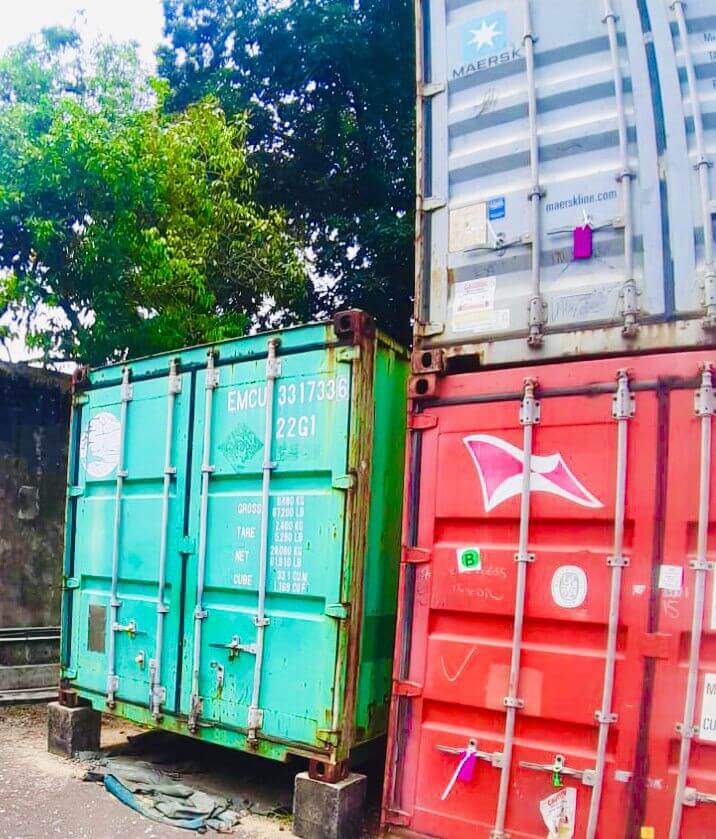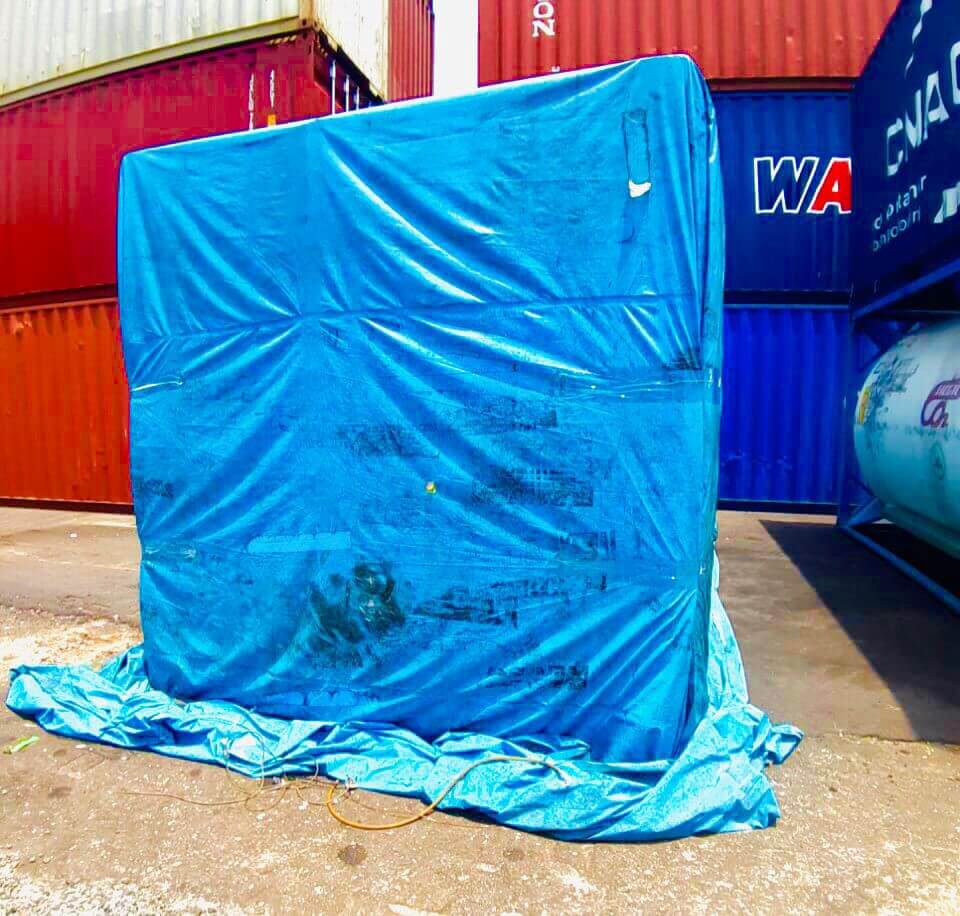BUSINESS CASE
Maintaining safe temperatures for perishable foods remains a technical and logistical challenge when it comes to delivering the goods from farm to fork. This is especially the case for products transported via sea cargo and containers across significant distances as it is prone to spoilage due to physical parameters such as humidity and temperature, which in turn may lead to the breeding of bugs and diseases — which was what our client was experiencing.
The Khapra beetle is a tiny pest that infests stored produce such as grain shipments or silos, feasting on the produce and making it inedible on delivery. The client wished to neutralize these bugs via Polar in aiding the mandatory offshore treatment to prevent the hitchhiker risk of khapra beetles populating within sea containers.
SOLUTION
The aforementioned heat treatment must be conducted prior to loading the goods into the container. The enclosure must be capable of reaching and sustaining the specified temperature throughout the treatment period.

The target (in this case, the cargo of perishable goods) must be enclosed under the sheet which is then heat-treated to at least 60ºC for a minimum of three hours. This procedure should occur prior to the loading of goods and under a sheeted enclosure, with one door open and one door closed. The overall treatment must be conducted in accordance with the ‘Heat Treatment Methodology’ and BICON conditions.
It is necessary to ensure that temperature is distributed at a consistent rate throughout the container, and that the temperature must be monitored from the start of the heat application until the end of the treatment period. If the temperature falls below the required reading, the treatment has failed and the exposure period must be restarted. This is where Polar comes into action — with its sensory units being able to take frequent readings of the temperature and display statistics via its dashboard provided to the user, and notify the user via SMS or mail if the temperature reading goes below the intended.
ACTION TAKEN
In order to have full coverage within the container, the sensors were positioned in 5 different places. The readings were recorded at a frequency of 60 seconds, and each reading would be monitored and recorded in cloud storage instantly. If any anomalies were observed, the user would be notified via the application and/or SMS notifications, which in turn would let the user decide on the right course of action. The treatment period comes to a conclusion when all temperature sensor readings have been constantly remaining at or above the required temperature for three hours — which also confirms the accuracy of the temperature sensor(s).
In addition to the requested features, Polar also offered product traceability, pro-active maintenance on equipment and temperature fluctuations, and more.

RESULTS
The client transported the goods whilst maintaining correct temperatures, monitoring the heat treatment, and ensuring the absence of the khapra beetle — resulting in the treatment reaching a successful conclusion. As monitor temperature in real-time via the application’s generated reports whilst receiving notifications on critical temperature readings via a simple SMS, the client was very pleased with how efficient and effective the process turned out to be. As overall product quality was also improved compared to previous exchanges. Nevertheless, Polar strives to improve the system through data collection and ultimately provide the best smart solutions for our clients in the future.